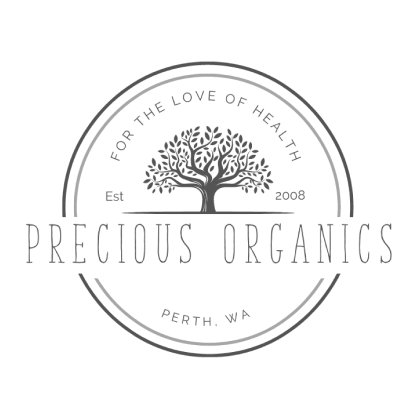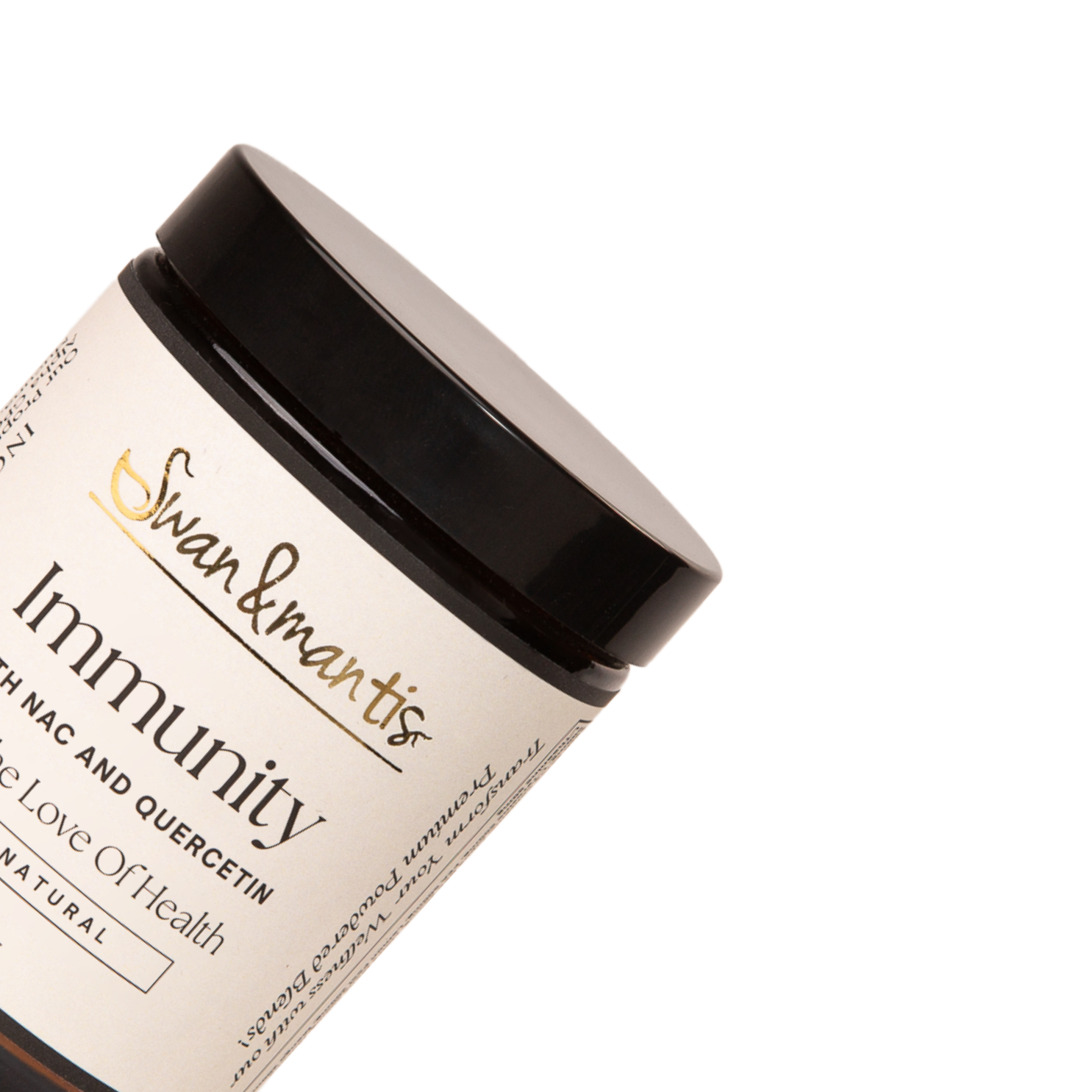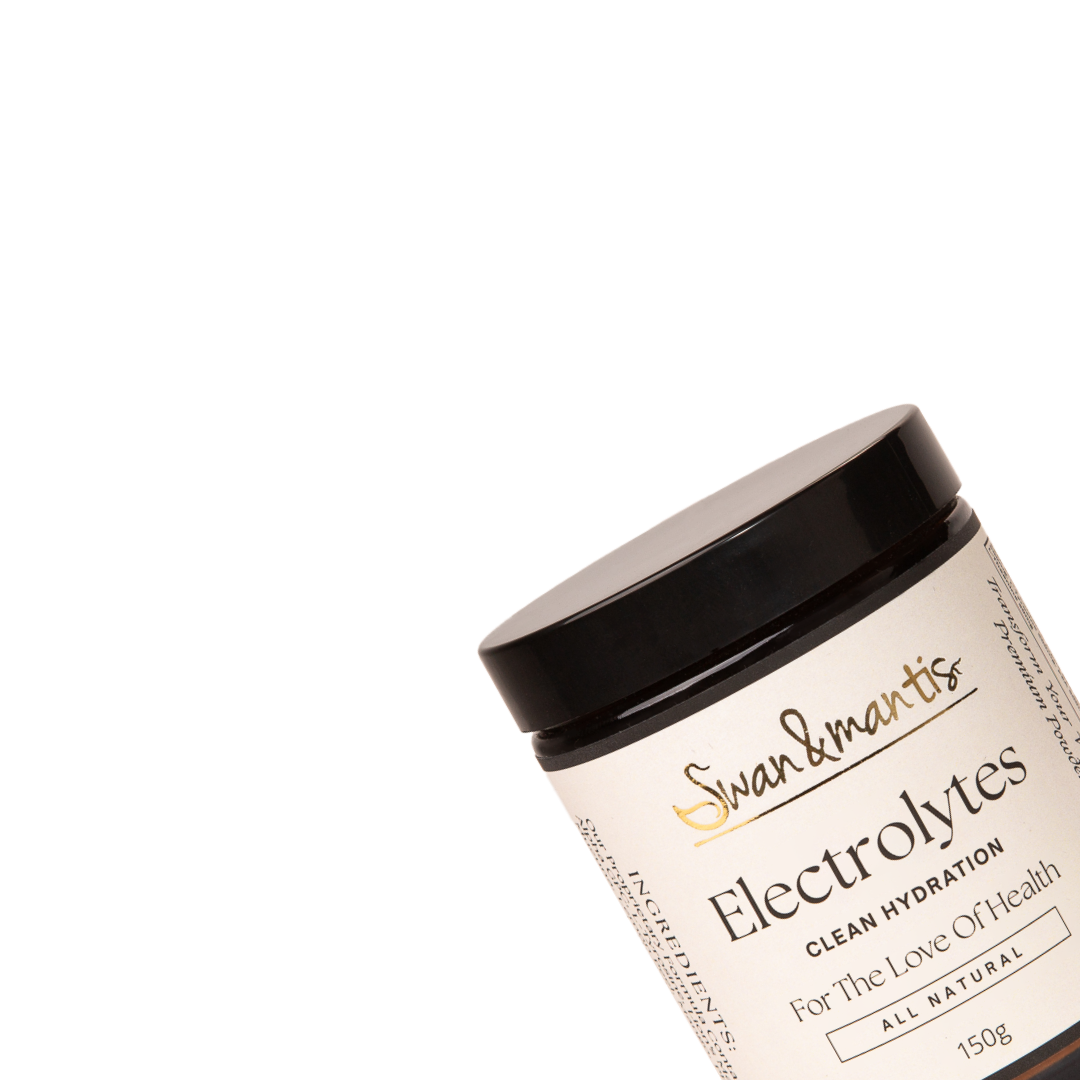Folate
Why do we need folate?
Folate is required for the normal development of red blood cells, for protein metabolism and for the formation of DNA. It works in conjunction with vitamin B12. Symptoms of folate deficiency include low red cell folate resulting in megaloblastic anaemia, forgetfulness, insomnia and irritability.
Recent epidemiological studies suggest that folate plays a role other than its conventional physiological role. Recent nutrition research suggests that folate may be useful in the prevention of diseases such as neural tube defects (NTDs) in newborn babies, heart disease and cancer.
Folate and reduced risk of NTDs
Neural tube defects (NTDs), particularly anencephaly and spina bifida, are a developmental defect resulting from failure of the neural tube to close properly during the first four to six weeks of pregnancy. These conditions are the most common congenital abnormalities occurring in 1-2 per 1000 births. Babies born with these conditions have severe mental and physical disorders.
In the 1990s, two large randomised controlled studies confirmed that folate supplementation reduced the risk of NTDs. The Medical Research Council Vitamin Study was conducted in seven countries and included 1817 women. This study found that high risk women (with a previous history of NTD) who took a folate supplement of 4 mg a day before conception and 12 weeks after conception reduced their risk of having another baby with NTDs by 72%. Another study, conducted in Hungary, found that a multivitamin supplement containing 0.8 mg folate was effective in preventing recurrent NTDs (Czeizel 1992).
In 1994 the NHMRC concluded that there was sufficient evidence to recommend folate fortification of the food supply to reduce the rate of NTDs in Australia.
Folate and Cardiovascular Disease
In 1997, the National Heart Foundation of Australia stated that a mildly raised homocysteine level was a risk factor for cardiovascular disease (includes stroke and heart disease). Further research is required to understand how it increases the risk of heart disease and whether reducing the levels of homocysteine in the blood will reduce the incidence of cardiovascular disease-related events or death.
Several studies have shown that folate reduces blood homocysteine concentrations. Doses of folate from 500 (g/day to 5.0 mg/day have been shown to reduce
homocysteine concentrations by about 25% depending on pretreatment levels of blood homocysteine and folate concentrations.
Further research is required to demonstrate that having an adequate intake of folate lowers homocysteine levels and in so doing, reduces the risk of cardiovascular disease. A large study involving 30 000 participants which is currently underway in the United Kingdom is designed to answer this question.
Folate and risk of Cancer
Since folate contributes to DNA synthesis and repair, it may reduce the risk of cancer by preventing the occurrence and reducing the progression of cancer. Animal studies have shown that colon cancer can be induced more quickly and with greater severity in folate-deficient animals. Other studies have demonstrated a reduction in chromosomal damage when folate deficient people receive folate supplements. Chromosomal damage may initiate cancer. Further research is required to determine the role of folate in preventing cancer and the amount required to be effective.
How much folate do we need? In Australia, the recommended dietary intake for folate is:
Men (19-64+ years) 200 g Women (19-54+ years) 200 g Pregnant women 400 g Lactating women 300-350 g
Women of child bearing age are encouraged to increase their daily intake of folate-rich foods, particularly in the month before and the first three months of pregnancy. It is recommended that high risk women, with a family history of NTDs, should take a 5 mg supplement of folate daily for at least one month before and for the first three months of pregnancy and low risk women, 0.5 mg daily.
Sources of folate in the diet Folate is present in a wide range of fresh fruits and vegetables, legumes, wholegrain breads and cereals. The best sources of folate are green vegetables such as broccoli, pulses such as chickpeas, lentils and dried beans, bran breakfast cereals and wheatgerm.
The main source of folate in the Australian diet is vegetables but also breads, cereals, fruit and juice.
There is limited data on the folate content of Australian foods due to difficulties with the analytical method for measuring folate in foods. The British Food tables
(McCance and Widdowson) is therefore often used as a reference for information on the folate content of foods. Although the folate content of Australian foods will differ, it is useful as a guide to sources of natural folate in the Australian diet. Care needs to be taken in differentiating the folate content of foods fortified with folate in some countries but not in others. Information on the folate content of folate fortified foods is available on the package of the relevant food products.
As a result of the folate fortification program, more data on Australian foods is becoming available in Australia.
|
The folate content of foods Food |
Folate ( g) |
|
Pulses |
|
|
150 g chickpeas (boiled) |
81 |
|
150 g baked beans (canned) |
33 |
|
100 g blackye beans (boiled) |
210 |
|
50 g soy flour |
173 |
|
Grains |
|
|
A bowl of folate fortified breakfast cereal |
50– - 100 |
|
100 g folate fortified bread |
50–-200 |
|
100 g whole grain bread |
90 |
|
100 g wholemeal flour |
57 |
|
10 g wheatgerm |
33 |
|
Vegetables |
|
|
50 g aAsparagus (boiled) |
78 |
|
50 g broccoli (boiled) |
32 |


